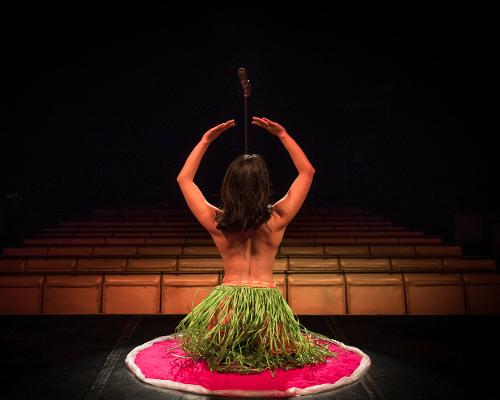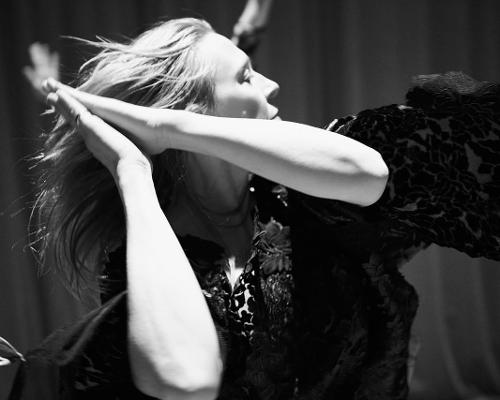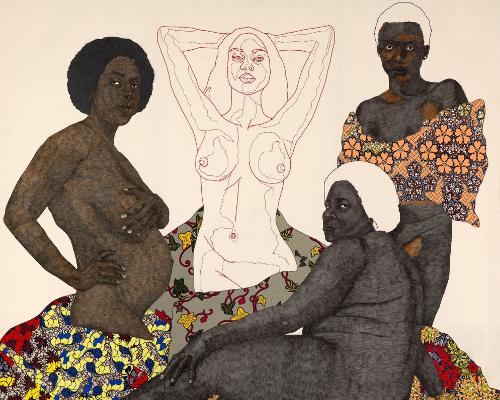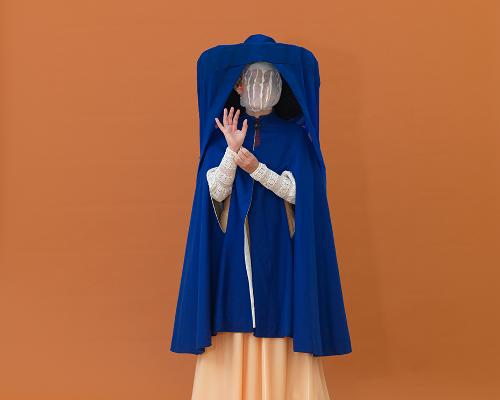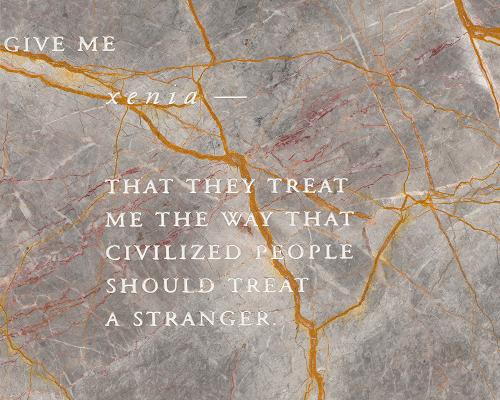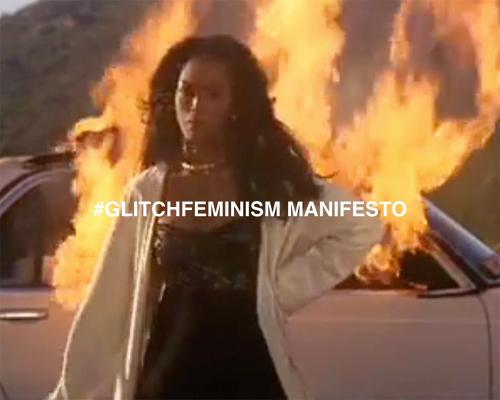Kings of wishful thinking: internet irony and its illusionary critics
In a 2015 Spike Art Magazine article, the Finnish artist and novelist Jaakko Pallasvuo declared that he would stop posting on social media, claiming that since the advent of Instagram in 2010, the online ‘dialogue’ of the art world had become ‘a relentless and repetitive mode of (self)-promotion’. Despite his position, Pallasvuo re-entered the online space in 2017 with his cult Instagram @avocado_ibuprofen. The account’s ongoing series of slack-lined, black and white comics use meme-like figuration and nihilistic prose to criticise the anxiety-inducing contradictions of the global art world.


